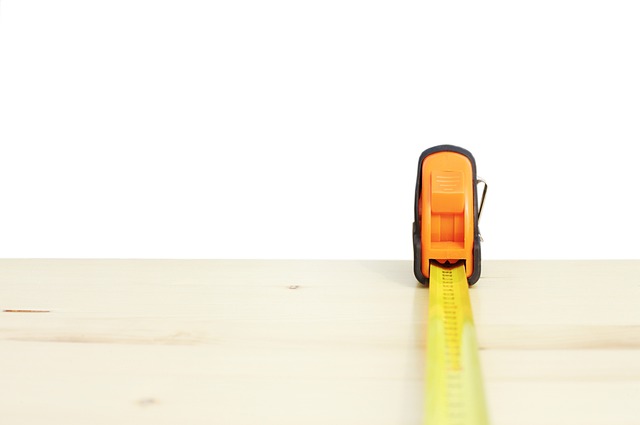Diving into DIY Home Improvement: A Beginner’s Guide
As a homeowner, DIY home improvement projects can be a great way to personalize your living space, save money, and increase property value. However, it can be overwhelming to know where to start and how to prioritize the many potential projects. In this article, we’ll provide an overview of DIY home improvement, cover some essential considerations, and highlight a few beginner-friendly projects to get you started.
Benefits of DIY Home Improvement
There are many advantages to tackling DIY home improvement projects. Some of the most significant benefits include:
- Cost-effectiveness: By doing it yourself, you can avoid labor costs and often find cheaper materials.
- Personalization: DIY projects allow you to put your unique touch on your home, reflecting your style and preferences.
- Increased property value: Well-executed DIY projects can significantly boost your home’s resale value.
- Personal satisfaction: Completing a DIY project can be incredibly fulfilling and enhance your sense of pride in homeownership.
Before You Start: Essential Considerations
Before diving into your DIY home improvement project, it’s crucial to consider a few key factors to ensure success and safety.
- Assess your skills: Be honest about your abilities and limitations to avoid taking on projects that are too complex or time-consuming.
- Set a budget: Establish a clear budget to avoid overspending and prioritize your spending.
- Research and plan: Carefully research your project, gather necessary materials, and create a comprehensive plan to ensure a smooth process.
- Obtain necessary permits: Familiarize yourself with local building codes and regulations to ensure compliance.
Assessing your skills involves evaluating your comfort level with various tasks, such as carpentry, plumbing, or electrical work. Don’t be afraid to seek help or guidance if you’re unsure about any aspect of the project.
When setting a budget, consider the cost of materials, tools, and any necessary permits or inspections. Be sure to leave a buffer for unexpected expenses and overruns.
Thorough research and planning are critical components of a successful DIY project. Consult online resources, tutorials, and experts to ensure you have the necessary knowledge and confidence to move forward.
Before starting your project, check with local authorities to determine if any permits or licenses are required. Failure to comply with regulations can result in fines, penalties, or even project shutdowns.
Beginner-Friendly DIY Home Improvement Projects
Now that you’re equipped with the essential knowledge and considerations, it’s time to explore some beginner-friendly DIY home improvement projects. Here are a few ideas to get you started:
Painting walls is a great starting point for any DIY enthusiast. With a few basic tools and some quality paint, you can transform the look and feel of any room in your home.
Adding new lighting fixtures can significantly enhance the ambiance and functionality of a space. From table lamps to ceiling fixtures, the options are endless, and the process is often relatively straightforward.
Upgrading kitchen hardware is a simple yet impactful way to refresh your cooking space. Consider replacing outdated cabinet knobs, handles, or faucets with modern alternatives.
Building a headboard is a fun and creative project that can add a personal touch to your bedroom. From simple wooden frames to elaborate upholstered designs, the possibilities are vast.
Conclusion
With these beginner-friendly DIY home improvement projects and essential considerations, you’re ready to start transforming your living space. Remember to prioritize your safety, be patient, and enjoy the process of learning and growing as a DIY enthusiast.
Happy renovating!



